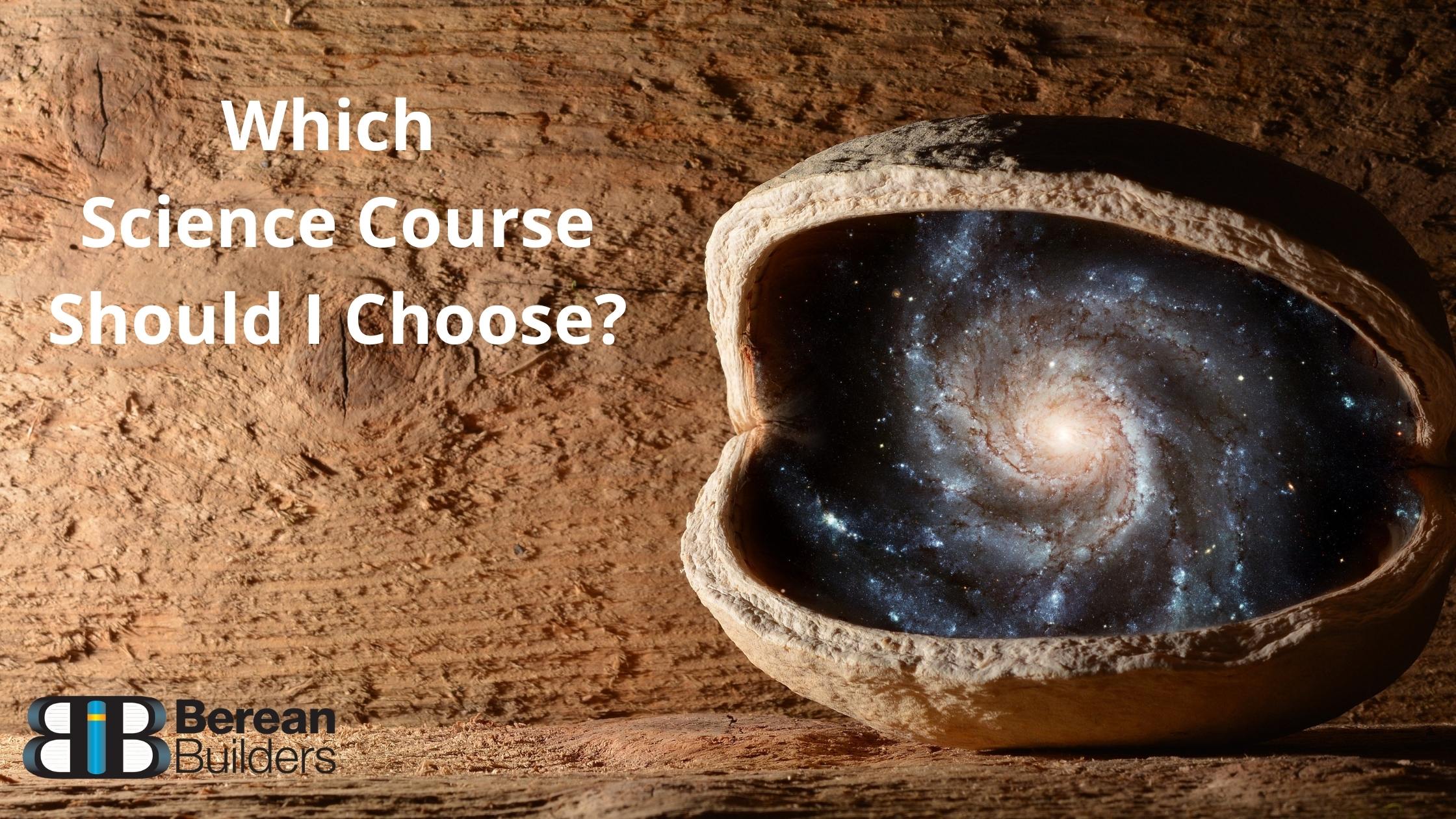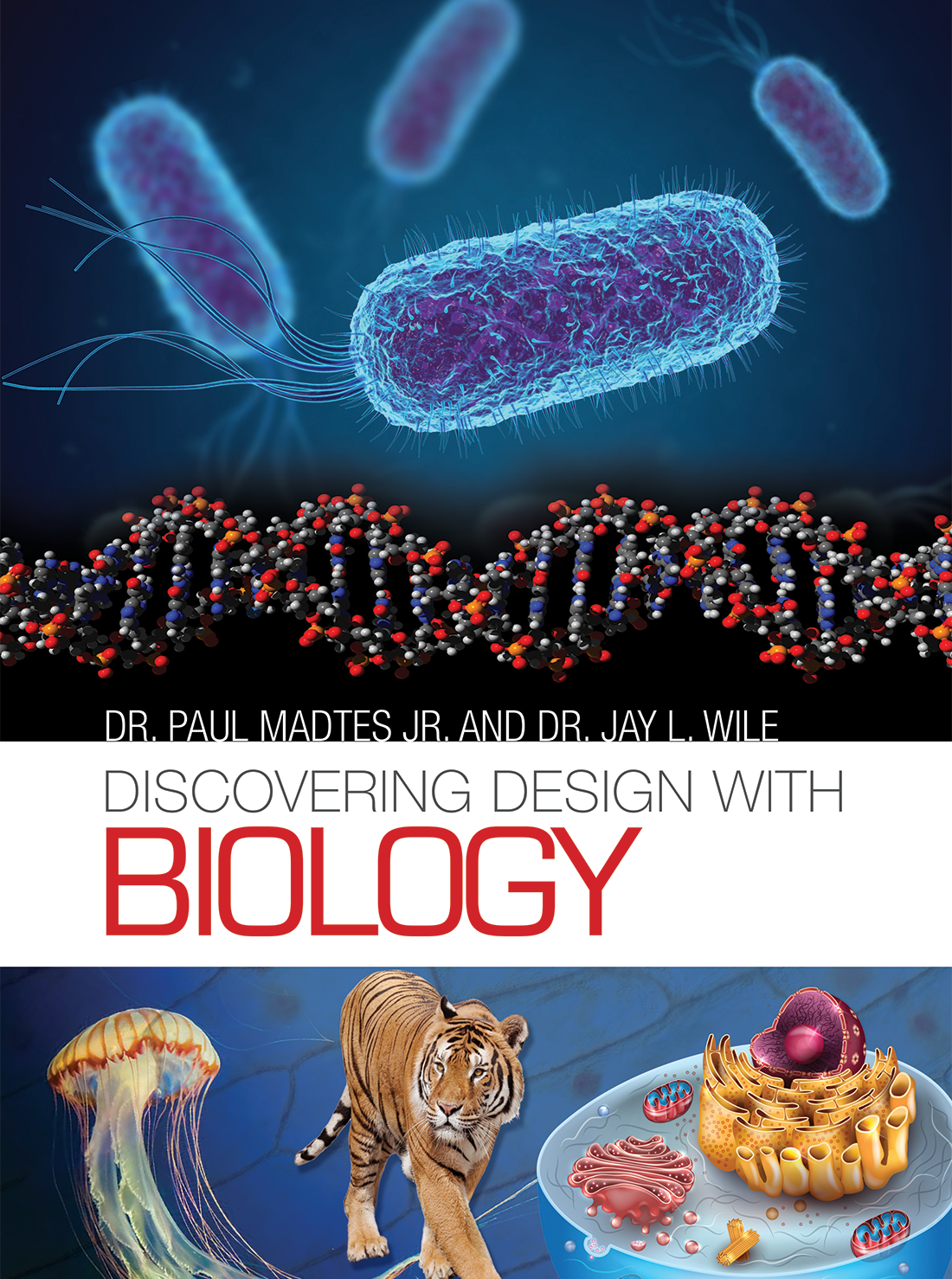A local homeschool resource is a valuable asset to the community. Not only do customers have a wide selection of new books and curriculum to choose from, often local homeschool shops offer a place for homeschoolers to buy and sell used materials.
While this variety is important to homeschool families, an even more precious resource resides in local stores specializing in homeschool resources.
People.
Not just any people. Caring current and veteran homeschooling advocates whose sole mission is to help parents and grandparents succeed and thrive as they home educate their students.
We had a chat with Julia Harris, the former owner, and Laura Stowers, the new owner of The Homeschool Gathering Place in Raleigh, NC.
Julia and Jim’s Story
Julia began her homeschool adventure over 25 years ago, back when resources were few and far between. At the time, many home educators passed dog-eared catalogs back and forth as they took a stab at choosing what they hoped would be the ideal science book or math program for their kids.
The only available opportunities to have a hands-on experience prior to purchase were homeschool conventions and the occasional curriculum fair at a local church.
Seeing a gap that desperately needed filing, Julia listened to the still, small voice that urged her to provide a solution. She and her husband Jim began a curriculum consignment shop in their basement. In just 18 months, the business needed more space, so they moved it into a shopping center.
Before the year was up, demand for just such a place had them upgrading their space again, and yet again until they landed in the current location offering both new and used curriculum, resources, and loving support to the community and to visitors from all over the country and around the globe.
Clearly, Julia and Jim created a solution where demand was high.
Over the years, they helped a wide variety of people from brand new homeschoolers testing the waters to veteran home educators who not only shopped at the store, but also offered their encouragement and advice to other customers.
In short, they created a community.
After 24 and half years, they felt the call to pass the torch to someone else. Enter Laura and her husband, Mark.
Laura and Mark’s Story
Earlier in 2021, Mark took early retirement from his corporate job to join Laura. They both felt the urgency to support the homeschool mission through the sweeping changes currently taking place.
Laura says she and Mark inherited a true legacy from the Harrises. Indeed, the Stowers have become the stewards of this legacy and continue to provide a warm community atmosphere for all homeschoolers who enter the store.
While this is just one example of one location, it is a shining beacon of hope and promise to others hearing the call to provide their local homeschool community with resources and support.
Julia offers a word of caution, though. Running a local homeschool shop is not for the faint of heart, nor is it a way to get rich quick. It is a true mission, delivered from the heart and bolstered by the unwavering hand of God.
What’s In It For You To Shop At A Local Homeschool Supplier?
So really, what’s the point of hauling yourself down to the local homeschool bookstore to stock up for next year’s lessons?
The reasons are numerous, and some you won’t expect.
- Obviously, the first reason is so you can touch the books and leaf through the workbooks and compare and contrast all the options in real time. You can’t do that online. Sure, you can click back and forth between two math programs on a website, but the limited bits of product descriptions often leave you with more questions than answers.
- More importantly, local shops are staffed with experienced, knowledgeable homeschool moms and dads eager to consult home educators on the best options for their families. These people offer their time and expertise at no charge as their personal mission to assist everyone who enters the store with their questions and concerns.
- Speaking of consulting, the influx of new homeschoolers has created a wave of parents in need of calming reassurance and the chance to begin their homeschool adventure on solid footing. Local shops graciously provide this support for free. An army of chat bots on a website cannot create that sense of understanding and peace that comes from talking face-to-face with a parent who’s been in the trenches.
- A unique feature of some local homeschool shops is a well-stocked, year-round curriculum fair right in the store. Instead of waiting 364 days for the church to host their year-end swap, these shops provide gently used materials at considerable savings every business day.
- In addition to physical resources and support, the store acts as a liaison for local co-ops, testing services, and homeschool events in the form of a community bulletin board and word-of-mouth references. This community connection brings together diverse people from around the area to meet and offer support to one another. No online book retailer can embrace the community as well as an in-person location dedicated to homeschoolers.
Why You’re Important to Your Local Homeschool Resource
All the features and benefits listed above are all about what YOU can get from a local homeschool shop.
But what about what your patronage gives back?
Every time a loyal customer supports a local homeschool shop, the shop benefits, and not only financially.
Buying from the store does help keep the doors open. But what about the non-material benefits?
The used curriculum section is an enormous boon to the community. Buying and selling locally blesses other families in your city. You make a bit of money, they make a bit of money, and these funds can be spent on next year’s resources. Everyone wins.
As Laura says, “It’s a symbiotic relationship. It’s a unique model.”
In addition, the veteran homeschool moms and dads are blessed as well by being able to share the wisdom they’ve garnered over their decades of combined homeschool experiences. They have a calling and are eager to support others on their homeschool path.
The shops can host seminars that bring together the “accidental homeschoolers” of the past year or so with the parents who’ve been at it a while to offer support and encouragement. Some parents are struggling, some are thriving, all can benefit from a genuinely caring homeschool community.
Laura tells a story of a gentleman who enjoyed an hour of personalized assistance in her store. He left with an armload of books and materials and a confident step.
Imagine her surprise the next day when the gentleman returned with three 18-count cartons of eggs from his farm an hour away. Just to say “Thank you.”
That is the power and beauty of a thriving homeschool community.
Awesome! So What’s The Problem With Not Buying Local?
Well, we’ve outlined the absolute gift to the community a homeschool shop can be. Unfortunately, not all communities have such an amazing resource. And, according to Julia, providing such a resource takes a special sort of people.
Aside from the geographical logistics of homeschool resource real estate, there lies an ominous dark cloud on the horizon.
What do we mean by this?
As we mentioned in the post about purchasing from homeschool vendors at conventions, many people tend to soak up advice and answers from the person behind the table, then scurry off to purchase the resource from a big box retailer to save a couple of dollars.
We can’t stress this enough:
The pennies you save by clicking “buy now” on your phone are vastly outweighed by the monumental value you receive while interacting with the author or creator of your chosen homeschool resource.
The same heartbreaking scenario plays out at homeschool resource stores.
Imagine spending an hour consulting and instructing a brand new homeschool mom on the best curriculum or program for each of her children based on their learning styles and educational needs.
Now imagine that homeschool mom thanking you while proclaiming, “Now I know what I’m going to buy!” and walking out of the store to save a collective $7 by buying online.
Of course, we’re being facetious about the savings, but you get the point.
The VALUE of the interaction, the support, and the professional consulting is exponentially greater than the mere dollars you perceive you’re “saving” as you walk out of the store (away from the actual products) to click around online and wait by your front door for the delivery truck to arrive.
Do You See The Disconnect Here?
In all fairness, not everyone makes the connection between buying at the local homeschool shop and actually helping keep that shop open and supporting their local homeschool community in the process.
People go out of their way to buy organic vegetables at the local farmer’s market and head to the consignment shop to purchase name brand clothing at a discount.
Both of these actions not only save money, boost health, and make you feel good about your stewardship of your funds, they also help the local community.
It’s no different buying local from the neighborhood homeschool shop. Your purchase, yes, helps the store stay open and pay the bills. Your purchase may also help another local family fund their next year’s homeschool supplies because you bought items they had on consignment.
Perhaps you’re in the store when a brand-new, frightened-of-the-unknown homeschool mom tiptoes in with a basket of questions and fears.
You may be the exact person she needs to hear offering suggestions and may breathe a sigh of relief that she’s in the right place as she forges ahead into a life-altering decision to educate her children at home.
Perhaps you’re at your wits end with questions about a particular resource.
Because of the relationships these local homeschool shops have with the authors and providers of the resources they offer, they can pick up the phone and call the author directly to find answers to your questions.
Wait, you can do that? You certainly can.
Can you do that in a big box store or through a faceless online retailer? Doubtful.
The ultimate goal here is to help all homeschoolers make educational success a reality.
Buy Local. Your Patronage Is Vital.
We want to encourage you to frequent your local homeschool resource store. But more importantly, we want to encourage you to buy from that store.
And no, you don’t have to drop your entire homeschool budget there.
But won’t you set aside at least a portion of your funds to help keep these rare jewels, these educational blessings alive in our communities?
Your homeschool community and your local area will benefit from your contribution.
And if you are called to provide such a beautiful resource in your community, talk to Julia and Jim and Laura and Mark first.
They’re living examples of fulfilling their mission of service to others. And we’re so grateful to know them and share their stories.





























 The latest earth science textbook by Dr. Wile is here!
The latest earth science textbook by Dr. Wile is here!


